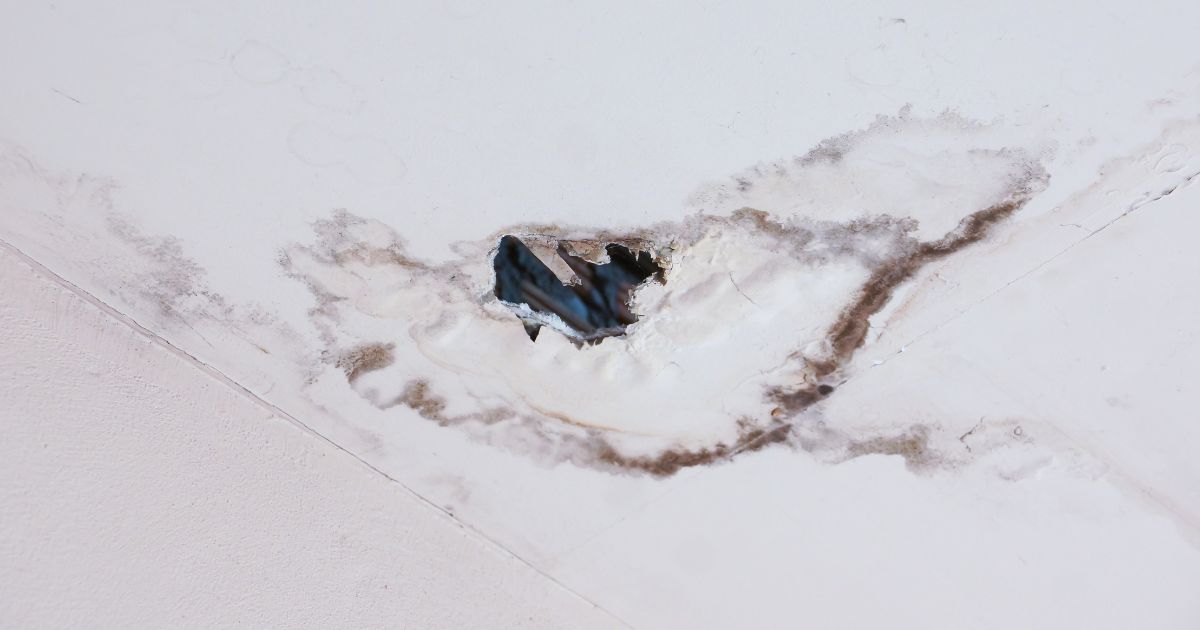Ventilation and Moisture Control
How to prevent water streaks on bathroom walls – Proper ventilation is crucial in preventing water streaks on bathroom walls. Excess moisture in the air can condense on cold surfaces, such as tiles or mirrors, leading to unsightly streaks.
When water streaks become a common sight on bathroom walls, it’s time to take action. Beyond using a squeegee, consider master bathroom wall art to divert attention from any lingering streaks. By adding a touch of elegance and sophistication, the art can help create a spa-like atmosphere while subtly concealing those unsightly watermarks.
Exhaust Fans
- Install exhaust fans in the bathroom to remove excess moisture from the air.
- Ensure fans are vented directly to the outside, not into the attic or crawlspace.
Opening Windows
- When possible, open windows during or after showers to allow for natural ventilation.
- Keep windows slightly open even when not using the bathroom to promote air circulation.
Dehumidifiers
- Consider using a dehumidifier to reduce moisture levels in the bathroom.
- Place the dehumidifier in a central location for optimal moisture removal.
Surface Treatment and Maintenance: How To Prevent Water Streaks On Bathroom Walls

To prevent water streaks on bathroom walls, it is crucial to employ proper surface treatment and maintenance techniques. This involves sealing bathroom walls with waterproof sealants or coatings, utilizing moisture-resistant paint or tile, and implementing effective cleaning and maintenance practices.
Sealing Bathroom Walls
Applying waterproof sealants or coatings to bathroom walls creates a protective barrier against water penetration. These sealants can be applied to various surfaces, including tile, grout, and drywall. By sealing the pores and crevices in these surfaces, water is prevented from seeping in and causing damage or staining.
Moisture-Resistant Paint and Tile
Moisture-resistant paint and tile are excellent choices for bathroom walls as they are designed to withstand the humid environment. Moisture-resistant paint contains mold and mildew inhibitors, preventing the growth of these microorganisms that can cause unsightly stains and odors. Tile, on the other hand, is a non-porous material that is highly resistant to water absorption, making it an ideal choice for areas exposed to frequent water splashes.
Cleaning and Maintenance
Regular cleaning and maintenance are essential for preventing water stains on bathroom walls. Using a mild detergent and warm water, wipe down bathroom walls regularly to remove dirt, soap scum, and other residues that can attract water and cause streaks. For stubborn stains, a non-abrasive cleaner can be used, but avoid using harsh chemicals that can damage the surface.
Shower and Faucet Design

Showerheads and faucets play a crucial role in preventing water streaks on bathroom walls. By carefully considering their design, you can minimize water splash and overspray, ensuring a cleaner and more pleasant bathroom experience.
Showerhead Design, How to prevent water streaks on bathroom walls
- Choose showerheads with low flow rates: Low-flow showerheads use less water while still providing an adequate spray, reducing the amount of water that can splash onto the walls.
- Select showerheads with adjustable spray patterns: Adjustable showerheads allow you to customize the water flow, directing it away from areas where it might cause streaks.
- Consider using showerheads with built-in water-saving features: Some showerheads incorporate innovative technologies, such as air injection or pulse modulation, to reduce water consumption and minimize splash.
Faucet Design
- Install faucets with aerators: Aerators mix air into the water stream, reducing the flow rate and preventing splattering. This is especially beneficial for faucets used for handwashing or brushing teeth.
- Choose faucets with adjustable flow rates: Adjustable faucets allow you to control the water flow, reducing the risk of overspray and water streaks.
- Consider using touchless faucets: Touchless faucets use sensors to activate the water flow, eliminating the need for direct contact with the handles, which can help reduce the spread of bacteria and prevent water from splashing onto the walls.
To prevent unsightly water streaks on your bathroom walls, squeegee them after each shower. It’s a simple step that will make a big difference in the long run. For a reminder, hang a bathroom rules wall plaque that includes this important tip, along with other helpful reminders to keep your bathroom clean and organized.
Regularly wiping down your walls with a microfiber cloth will also help prevent water streaks and keep your bathroom looking its best.